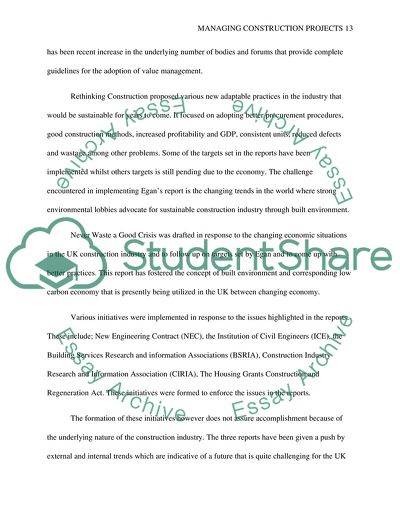Cite this document
(Managing Construction Projects Report Example | Topics and Well Written Essays - 3250 words, n.d.)
Managing Construction Projects Report Example | Topics and Well Written Essays - 3250 words. https://studentshare.org/architecture/1826768-managing-construction-projects-1
Managing Construction Projects Report Example | Topics and Well Written Essays - 3250 words. https://studentshare.org/architecture/1826768-managing-construction-projects-1
(Managing Construction Projects Report Example | Topics and Well Written Essays - 3250 Words)
Managing Construction Projects Report Example | Topics and Well Written Essays - 3250 Words. https://studentshare.org/architecture/1826768-managing-construction-projects-1.
Managing Construction Projects Report Example | Topics and Well Written Essays - 3250 Words. https://studentshare.org/architecture/1826768-managing-construction-projects-1.
“Managing Construction Projects Report Example | Topics and Well Written Essays - 3250 Words”. https://studentshare.org/architecture/1826768-managing-construction-projects-1.


